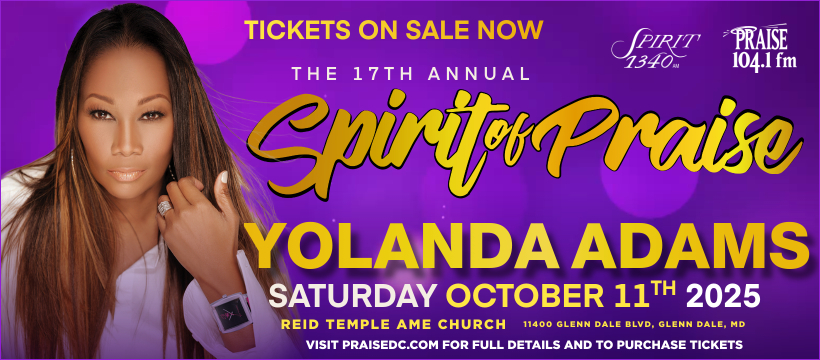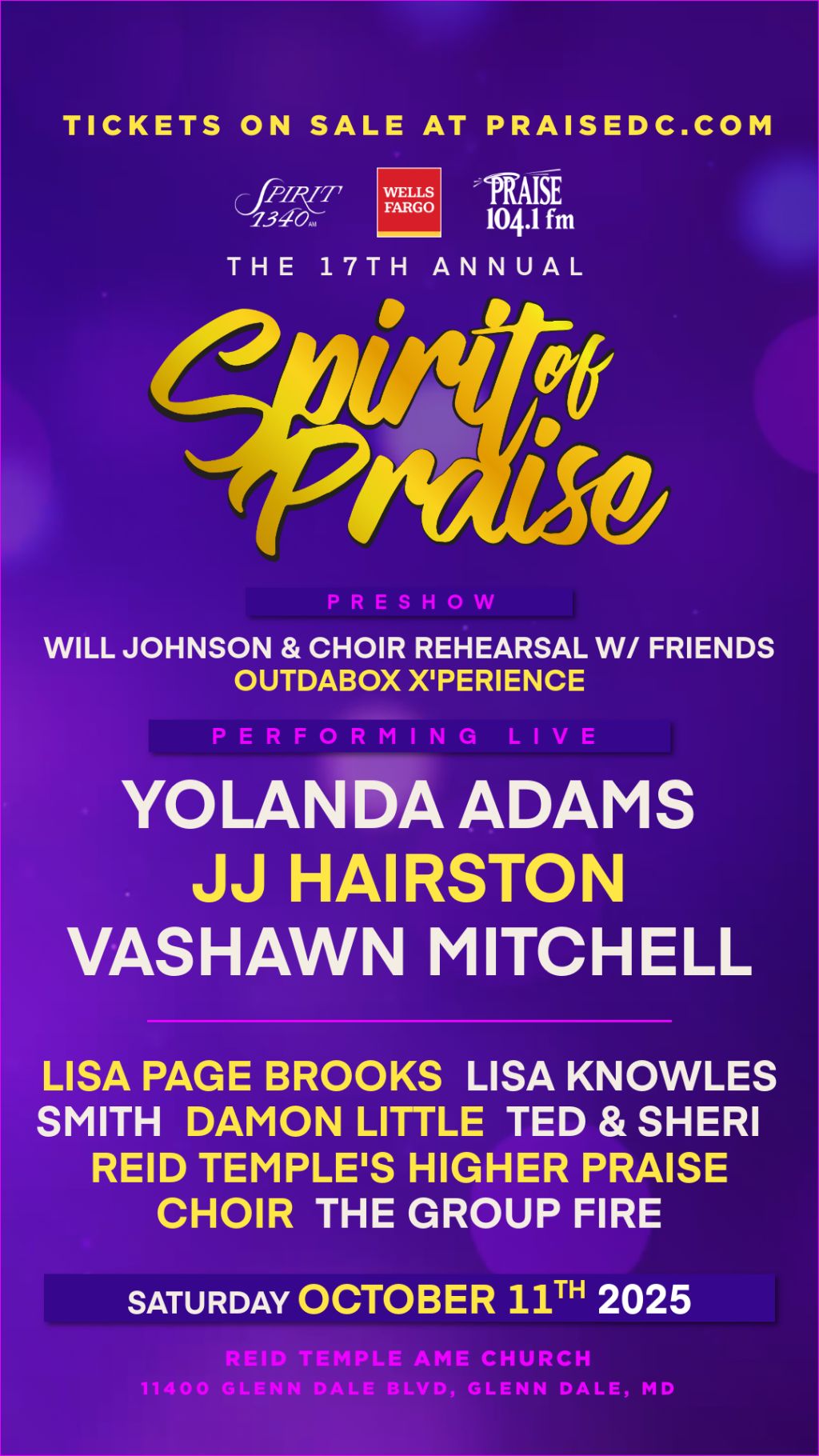What Is Antifa And Are They Really A 'Terrorist Organization?'
What Is Antifa And Are They Really A ‘Terrorist Organization?’

The question, “What is Antifa?”, has surged to the forefront of American political debate, especially after former President Donald Trump vowed on Sept. 17 to designate it a “major terrorist organization.” His announcement came just one week after Tyler Robinson was accused of fatally shooting conservative influencer Charlie Kirk, further intensifying national scrutiny of far-left activism.
“I am pleased to inform our many U.S.A. Patriots that I am designating ANTIFA, A SICK, DANGEROUS, RADICAL LEFT DISASTER, AS A MAJOR TERRORIST ORGANIZATION,” the 79-year-old Republican wrote on his Truth Social platform Wednesday. He added that he would be “strongly recommending” his administration investigate those tied to the group.
Despite the dramatic declaration, the details of Trump’s proposed designation remain vague. The administration has not provided clear details on how such a move would be implemented. The truth is, it would be difficult to legally define Antifa as a terrorist organization—primarily because it functions more as a decentralized movement than a structured group.
What is Antifa?
As CNN reports, Antifa—short for “anti-fascist”—is not a formal organization but rather a loosely connected network of activists and autonomous groups. Some of these activists operate in local “cells” without any national coordination. One such example is Rose City Antifa, founded in Portland, Oregon, in 2007, which describes its mission as “any work that prevents fascist organizing, and when that is not possible, provides consequences to fascist organizers.”
Antifa has become particularly associated with cities in the Pacific Northwest, especially Seattle and Portland. Its members are often identified by their black clothing, face coverings, and confrontational tactics at protests. These groups have sometimes been linked to violence against journalists and members of the public who attempt to film them, but they are generally non-violent.
Per Time, as Mark Bray noted in his book Antifa: The Anti-Fascist Handbook, “Despite the media portrayal of a deranged, bloodthirsty antifa … the vast majority of anti-fascist tactics involve no physical violence whatsoever.” Bray added, “Anti-fascists conduct research on the far right online, in person, and sometimes through infiltrations; they dox them, push central milieux to disown them, pressure bosses to fire them … But it’s also true that some of them punch Nazis in the face and don’t apologize for it.”
While the term “Antifa” is often used to refer to black-clad anarchists or radical leftists protesting against police and government institutions, it has also been co-opted by right-wing figures—including Trump—as a catch-all label for various forms of left-wing protest. Importantly, Antifa has no known leadership, command structure, or national hierarchy.
Even Trump’s own former FBI Director, Christopher Wray, clarified in 2020 that Antifa is not an organization in the traditional sense. According to the Associated Press, Wray testified that antifa is an ideology, not an organization, making it legally challenging for the federal government to designate it as a terrorist group under current frameworks.

Where did the term come from?
The roots of the Antifa movement go far deeper than recent political turmoil. As reported by CNN and Time, the term has historical ties to anti-fascist resistance in Europe. It emerged during World War II in opposition to Italian dictator Benito Mussolini and continued through the Cold War as activists battled white supremacist and neo-Nazi movements. The concept was later adopted in the United States, where it gained prominence in the 2010s.
Its visibility exploded during Donald Trump’s first inauguration in 2017, when small groups of far-left protesters were involved in rioting and property damage in Washington, D.C. The name “Antifa” became nationally recognized after left-wing groups clashed with neo-Nazis and white supremacists at the Unite the Right rally in Charlottesville, Virginia, in 2017. These violent street confrontations became emblematic of what many now associate with the Antifa movement.
Republicans and right-wing media outlets have frequently invoked Antifa since Trump’s first term, blaming the movement for episodes of civil unrest. After the tragic death of counter-protester Heather Heyer at Charlottesville—killed when a white supremacist rammed his car into a crowd—Trump was widely criticized for blaming both Antifa and the white supremacist group for the incident. Since then, conspiracy theories have circulated claiming Antifa agitators were responsible for the Jan. 6 attack on the U.S. Capitol, despite no substantial evidence.
Antifa has also been associated with various protest movements, including the Black Lives Matter protests that erupted in 2020 after the murder of George Floyd by police. During these demonstrations, particularly in Portland, Antifa-aligned groups engaged in direct confrontations with far-right militias like the Proud Boys, contributing to street violence and clashes.
The size and organization of these groups vary, but they often remain intentionally small to prevent infiltration by law enforcement or right-wing opposition. Trump and his allies frequently blamed Antifa for rioting during the 2020 protests, despite repeated clarifications from FBI Director Wray that Antifa is not a centralized group but an ideology.
Ideologically, Antifa adherents often hold a spectrum of left-wing beliefs. These typically lie outside the mainstream of the Democratic Party. Common goals among groups labeled as Antifa include wealth redistribution, anti-capitalism, and a rejection of electoral politics. These groups generally see traditional democratic processes as insufficient to confront fascism or systemic inequality.
Antifa is not an organization in the traditional sense, but rather a diffuse and unstructured movement of far-left activists who view their actions as a necessary resistance to fascism and authoritarianism. While their confrontational tactics have sparked controversy and condemnation from the right, the legal and practical challenges of labeling Antifa a terrorist organization remain significant. Despite the rhetoric, efforts to define or dismantle the movement may ultimately be more symbolic than actionable, but it will be interesting to see how Trump carries out his plan in the coming months.
SEE MORE:
Hate In America: The Many Faces Of White Supremacy
What Is Antifa And Are They Really A ‘Terrorist Organization?’ was originally published on newsone.com





